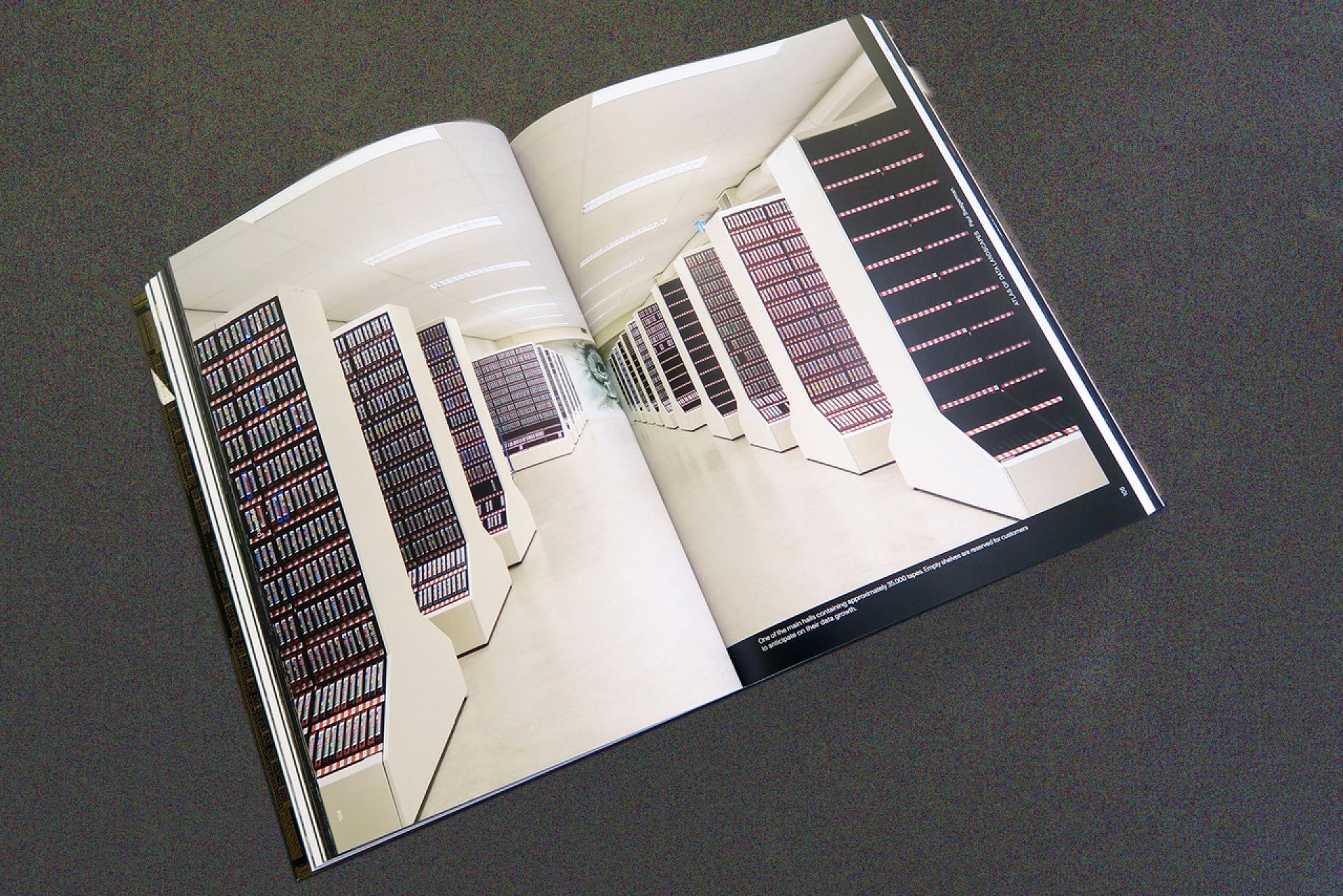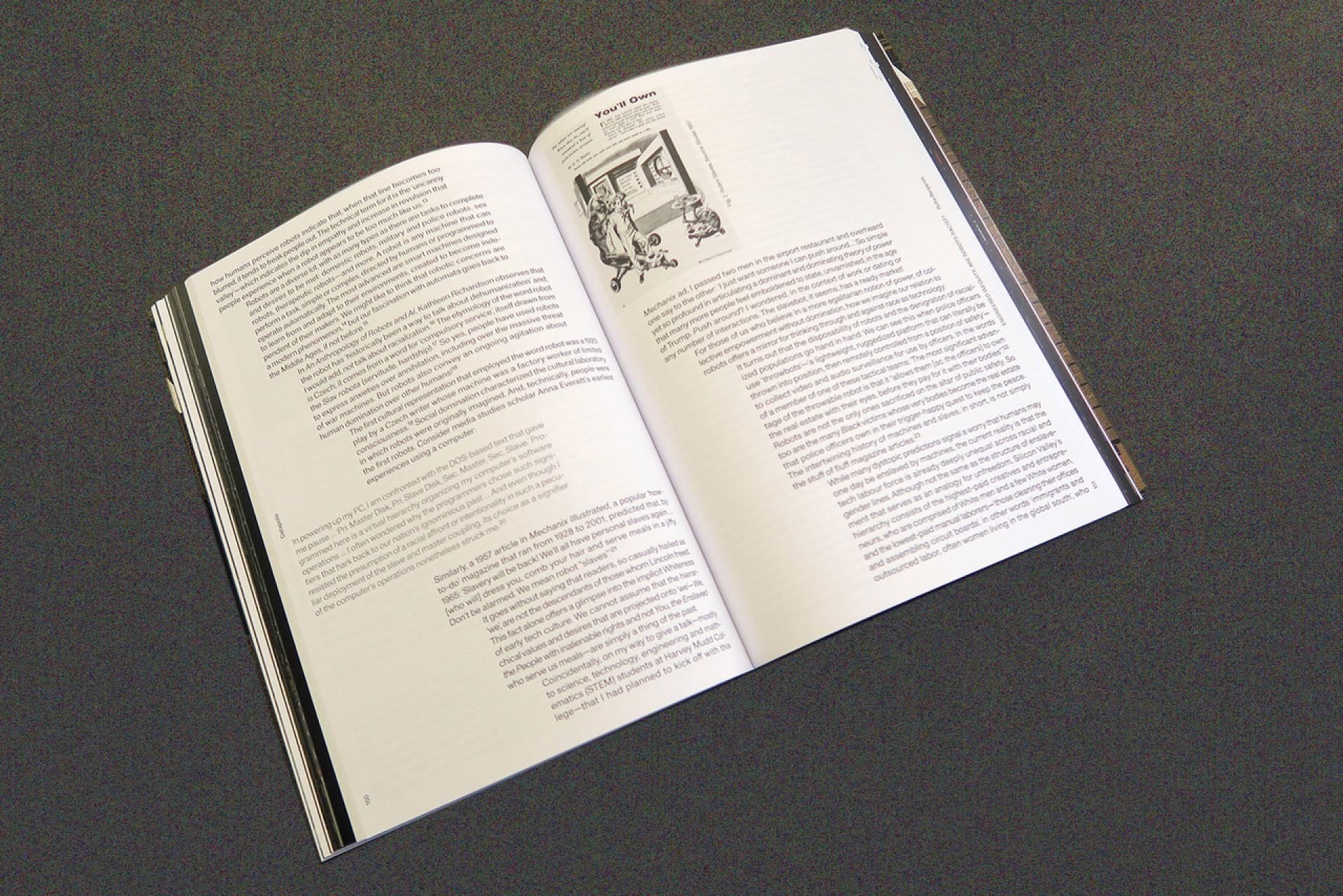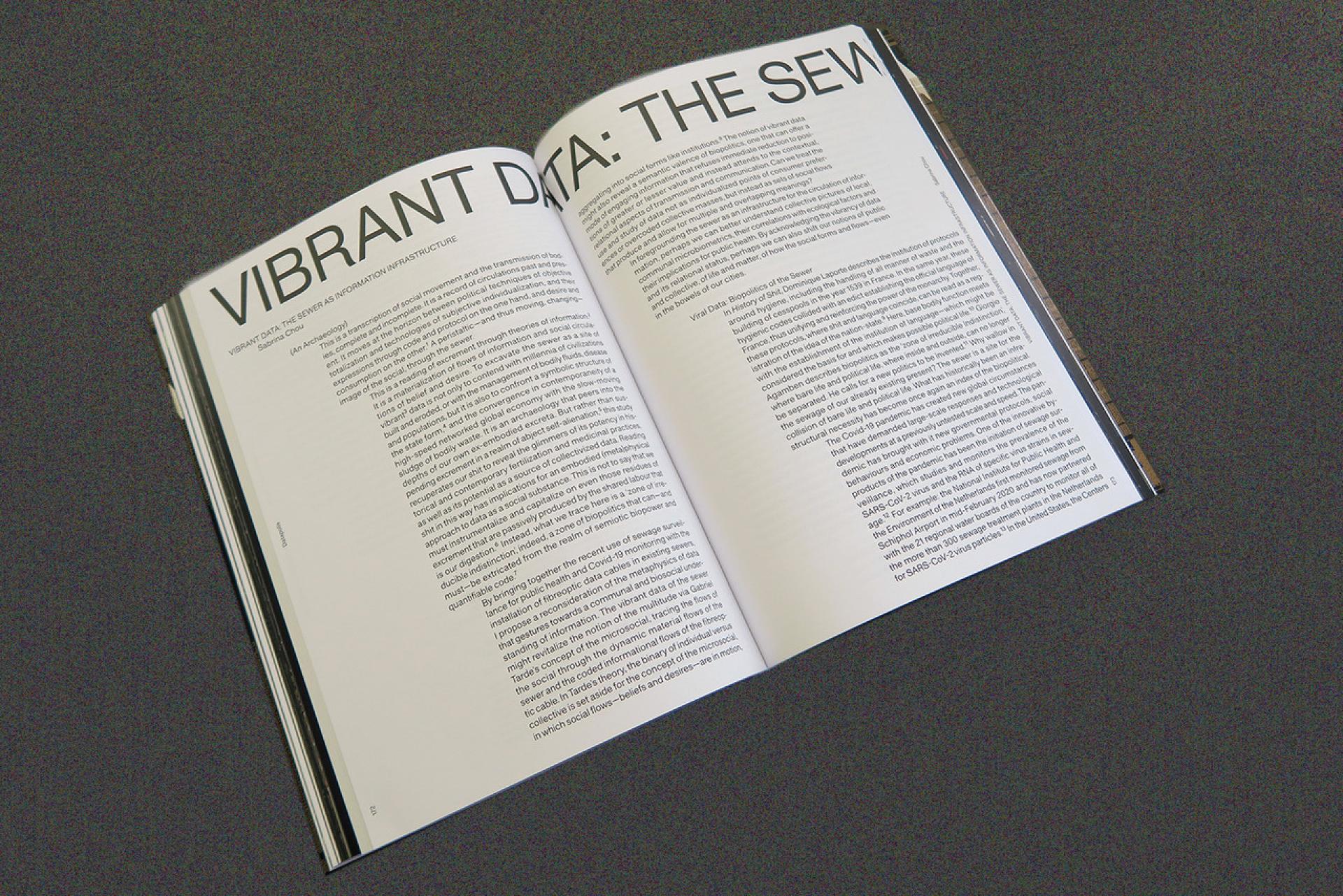P. Cournet & N. Sanaan Bensi: Datapolis
Datapolis, Exploring the Footprint of Data on Our Planet and Beyond by Paul Cournet & Negar Sanaan Bensi (ed.); nai 010 Publishers, Rotterdam 2023

Architecture is not only a few historical landmarks in our city centres, spectacular masterpieces from starchitects or engineering feats to build the highest tower ever in the desert. It has also always been about vernacularity, everyday life in anonymous places and favouring use towards aesthetics. (Just think of shopping malls or most of the airports you ever visited.) But if the Industrial revolution of the 19th century saw the birth of amazing train-cathedrals of steel and glass that are now listed as monuments, the 21st century has seen the development of the digital world to such an extent that the heavy industry has moved towards anonymous (and discreet) data centres, bitcoin mining facilities that requires satellites, computers and portable devices.


The book Datapolis is an in-depth research on a world where we cannot be offline more than a few hours anymore, where our smartphones contain our train ticket, bank payments, private images and favorite music, agenda and work, maps and recipes for the x-mas dinner. But all those 0 and 1, those bits, kilobits, megabits, gigabytes and terabytes of information are not in our machines anymore. We get our favourite songs and films from streaming companies, we store our entire lifestyle in so-called clouds, we work on shared documents. Basically we depend on infrastructure made of data centres, submarine cables and antennas, that stay out of sight for most of us.

This amazing publication is making the invisible (the infrastructure of clouds, the technical machines processing digital information) visible. It doesn’t only show those places, but also explains to us the environmental impact of digital objects. Not only we need resources from the ground (rare metal and so on), they also consume electricity to function on a daily basis — and this energy has to be, somehow, produced.



The essays – who could be totally nerdy or impossible to understand for readers that are not familiar with the vocabulary of technology – are super accessible and makes the book an easy (but always inspiring and instructive) reading. Between the text pages, one finds amazing graphics, diagrams and photographs that reveal the reality behind the theory. One finds a lot of architecture here, but it’s not our next destination for cultural holidays.

We, of course, have all seen The Matrix (1999). A science-fiction film about the digitisation of every life till it blurs the boundaries between the virtual and real life. The book explores that world, not from a fictive way, but a real one – and this makes it a must read: because what it shows us is even crazier than the imagination of film-makers. Obviously, we already live in the future! But, like all good science fiction story, Datapolis makes us think about our world as it is now, and what we should do to save it from becoming a nightmare. I will not spoil the last double page of the book (will just say it’s about iPhones), but, just for that one, you need to get that publication in your hands.
-


